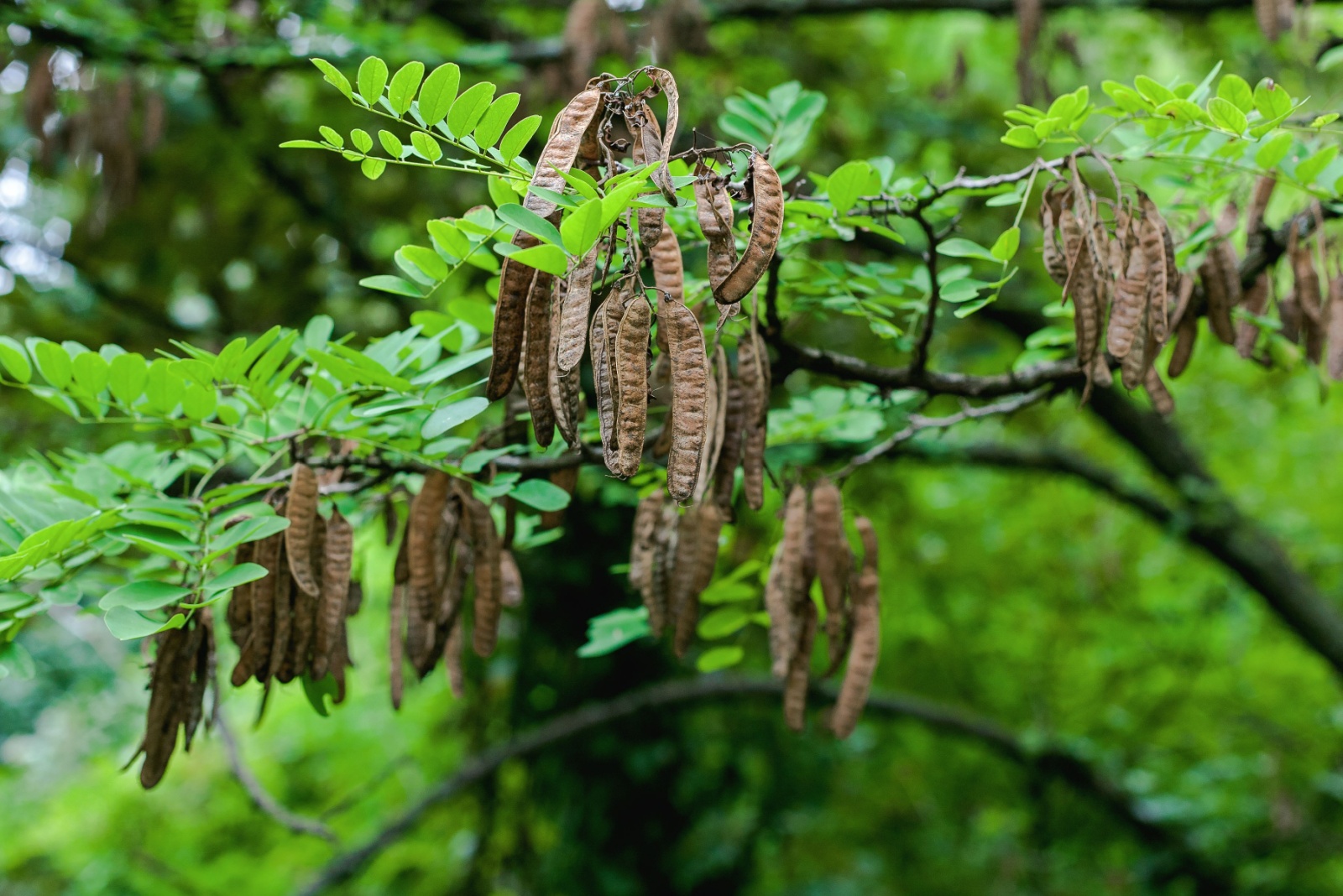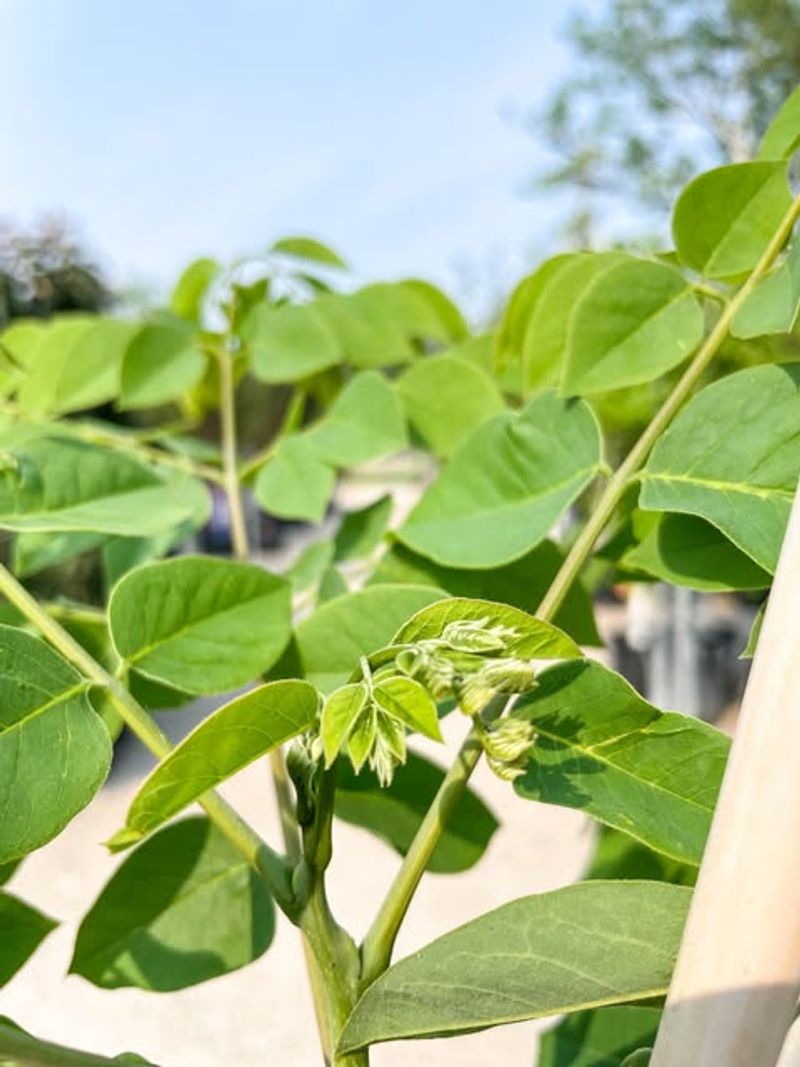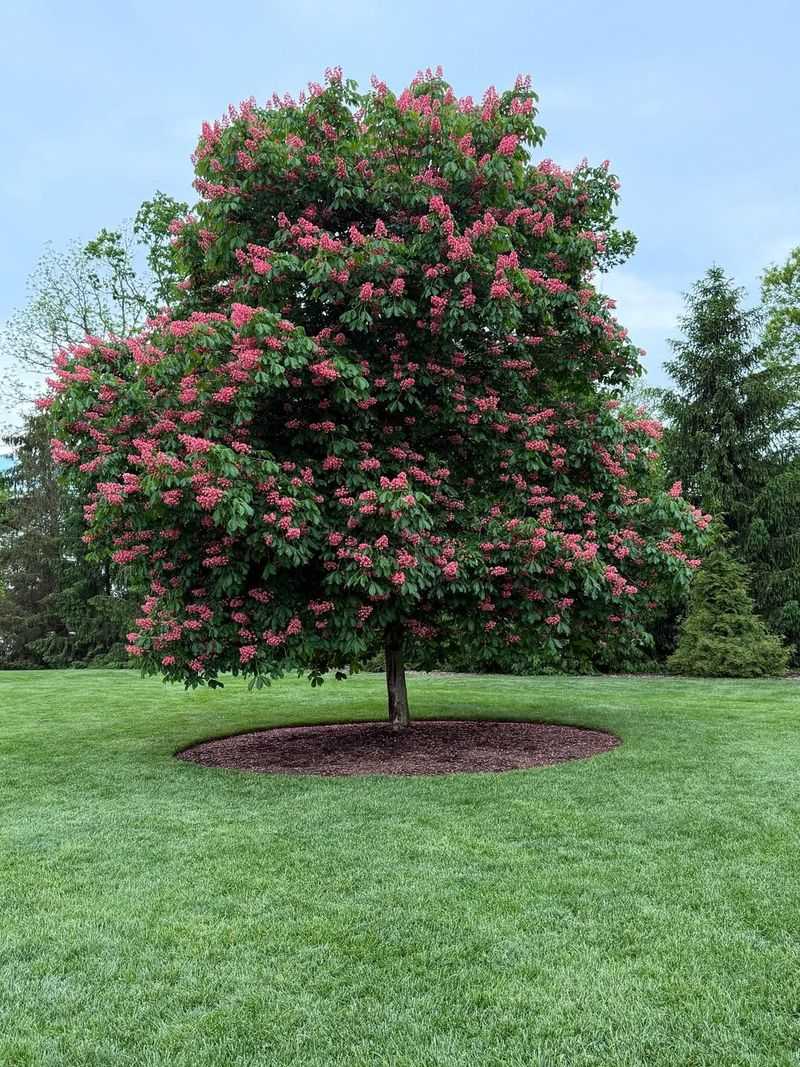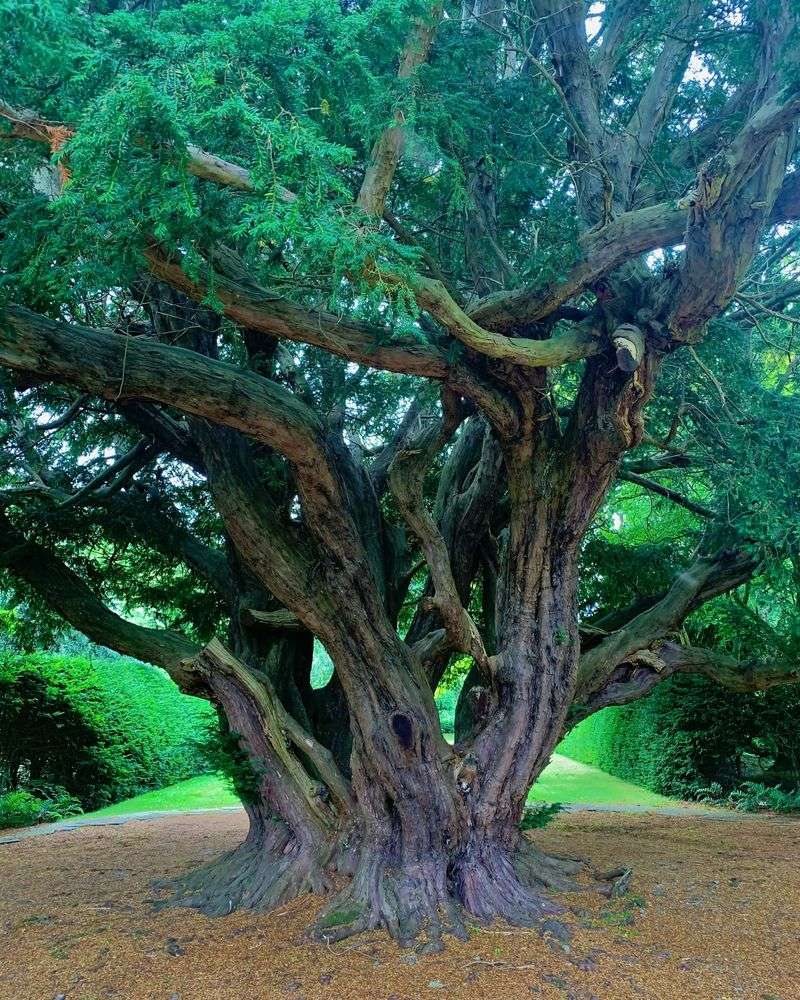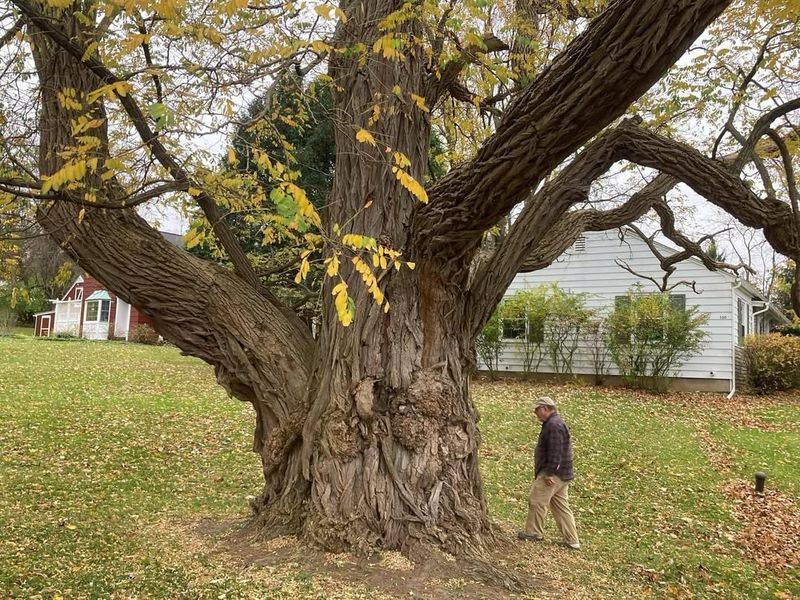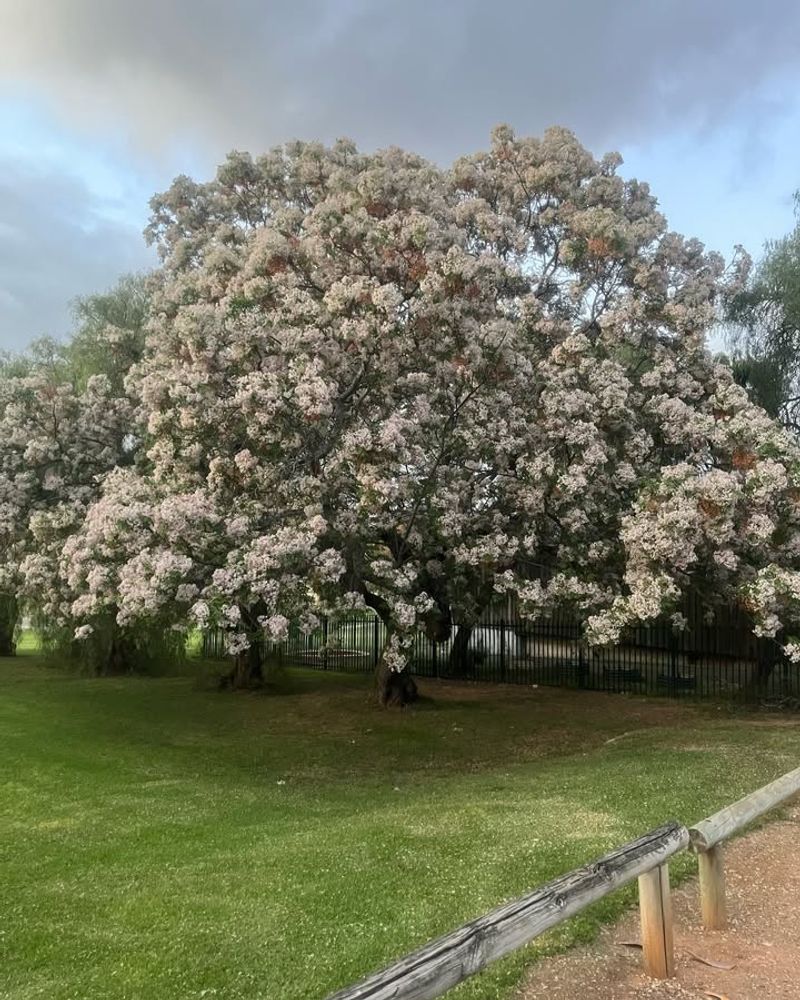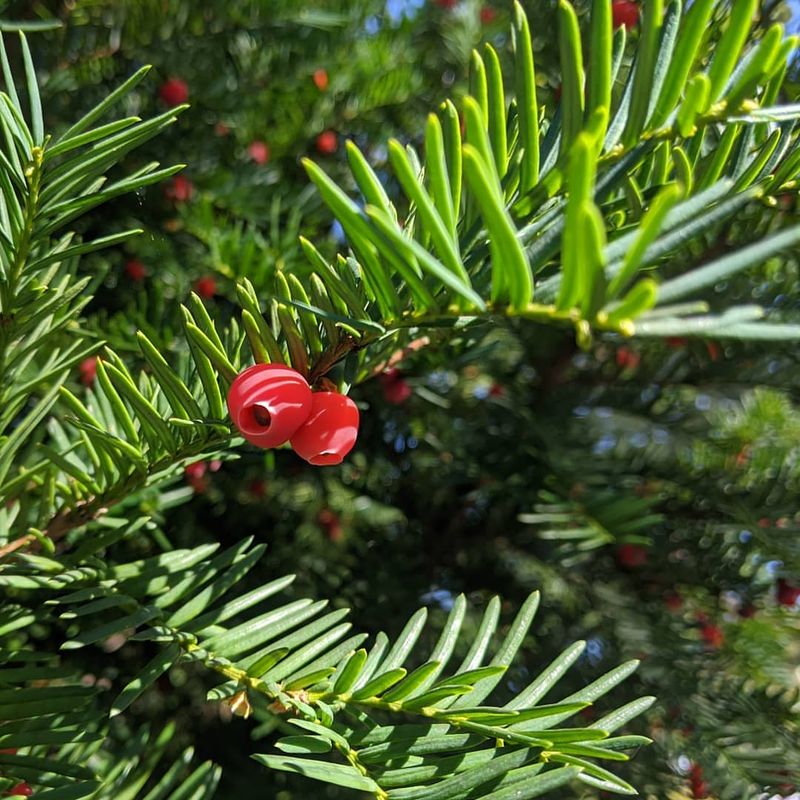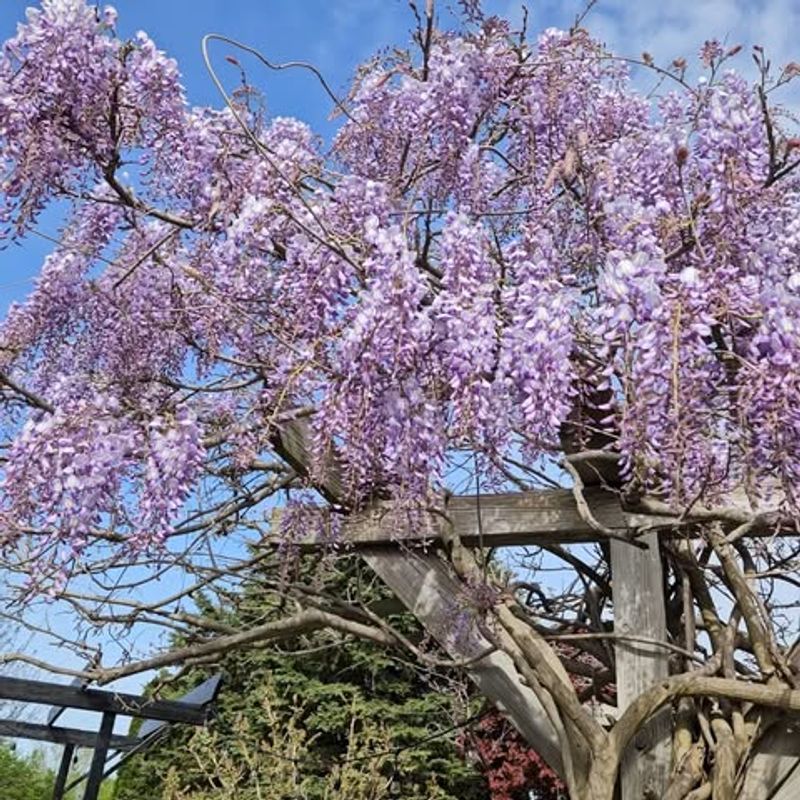Some trees in Missouri pack more punch than homeowners bargain for, turning a peaceful yard into a minefield in the blink of an eye.
Toxic sap, harmful berries, and noxious roots can put kids, pets, and even curious wildlife in the line of fire. A tree may look picture-perfect, yet still carry risks that come back to bite when you least expect it.
1. Black Walnut
Black walnut trees release a chemical called juglone that poisons nearby plants and can irritate human skin. The green husks around the nuts cause dark stains and contain toxins that upset stomachs when ingested.
Many gardeners struggle to grow flowers or vegetables near these trees because juglone destroys tomatoes, peppers, and other popular plants. Pets who chew the hulls may experience vomiting and digestive troubles.
Consider removing black walnuts if you want a diverse garden with happy plants thriving around your property.
2. Kentucky Coffee Tree
Raw seeds and pods from the Kentucky coffee tree contain a toxic substance called cytisine that attacks the nervous system. Children might mistake the large brown pods for toys, but eating them causes severe nausea and dizziness.
Early settlers roasted the seeds to make a coffee substitute, but unroasted seeds are dangerous. Livestock have passed from consuming the pods in pastures.
While the tree itself looks impressive with interesting bark patterns, the risk to curious kids makes it a poor choice for family yards.
3. Ohio Buckeye
Those smooth, shiny buckeye nuts look tempting to pick up and play with, but they contain toxic compounds that cause vomiting and muscle weakness. All parts of the Ohio buckeye tree are poisonous, especially the nuts and young shoots.
Kids often collect buckeyes because they feel nice in your pocket, but handling them frequently can irritate skin. Animals that eat buckeyes may experience serious coordination problems and breathing difficulties.
Native Americans knew to process buckeyes carefully before eating, but modern families should simply avoid planting them altogether.
4. English Yew
English yew might create beautiful evergreen hedges, but nearly every part of this tree contains toxic taxine alkaloids. Just a small handful of needles can cause a fatal heart attack in humans or animals.
The red berry coating is the only non-toxic part, yet the seed inside remains extremely poisonous. Many pet passings occur when dogs or cats nibble on yew clippings left on the ground.
Landscapers love yews for their elegant appearance, but families with children and pets should choose safer evergreen alternatives instead.
5. Black Locust
Black locust trees produce pretty white flowers in spring, but the bark, seeds, and leaves contain toxic lectins and robin toxin. Chewing on twigs or eating the seeds causes nausea, weakness, and irregular heartbeat in both people and animals.
Horses are particularly vulnerable to black locust poisoning, suffering from severe digestive upset and depression. Children who make whistles or toys from the branches may experience mouth irritation.
Despite being native to parts of North America, this tree poses too many risks for yards where families gather regularly.
6. Chinaberry Tree
Chinaberry trees drop thousands of yellow berries that look like tiny golden balls, attracting curious children who might pop them in their mouths. These berries contain tetranortriterpenes that cause vomiting, diarrhea, and seizures when eaten.
Birds sometimes eat the berries and spread seeds everywhere, making chinaberries invasive in Missouri. Just a handful of berries can make a child seriously ill within hours.
Some folks planted chinaberries decades ago for quick shade, but modern homeowners should remove these dangerous trees before kids discover the tempting fruit.
7. American Yew
American yew shares the same toxic characteristics as its English cousin, containing fatal amounts of taxine in its needles and seeds. Deer can safely browse on yew, but humans and most pets cannot tolerate even small amounts.
The attractive red berries fool people into thinking yew might be safe, but the seed inside each berry can stop your heart. Gardeners who trim yew bushes should wash hands thoroughly afterward.
Many old Missouri properties have yew foundation plantings that should be replaced with safer shrubs for modern families with active kids.
8. Horse Chestnut
Horse chestnuts look remarkably similar to edible sweet chestnuts, but eating them causes severe stomach pain and vomiting. The seeds contain poisonous saponins that make people and animals very sick.
Children love cracking open the spiky green pods to find the glossy brown nuts inside, not realizing the danger. Even touching the seeds frequently can cause skin irritation in sensitive individuals.
Squirrels usually avoid horse chestnuts, which should tell you something about their safety. Stick with truly edible nut trees if you want a productive yard.
9. Wisteria
Wisteria creates stunning purple waterfalls of flowers in spring, but the seeds and pods contain poisonous lectins. Kids sometimes play with the long bean-like pods, not realizing that eating just two seeds causes vomiting and dizziness.
The beautiful flowers are mildly toxic too, though less dangerous than the seeds. Pets who chew wisteria vines may experience digestive upset and lethargy.
Many Missouri homes feature old wisteria vines that have grown for decades. Consider removing them if young children frequently play in areas where pods drop.

